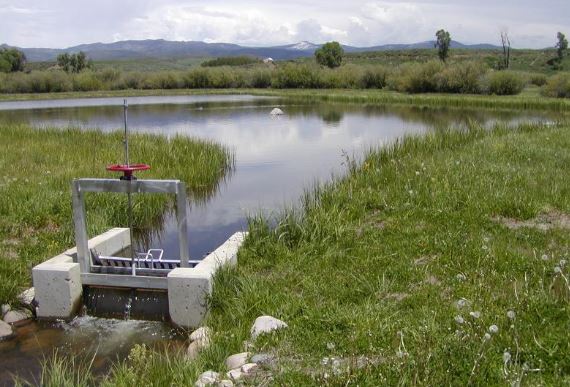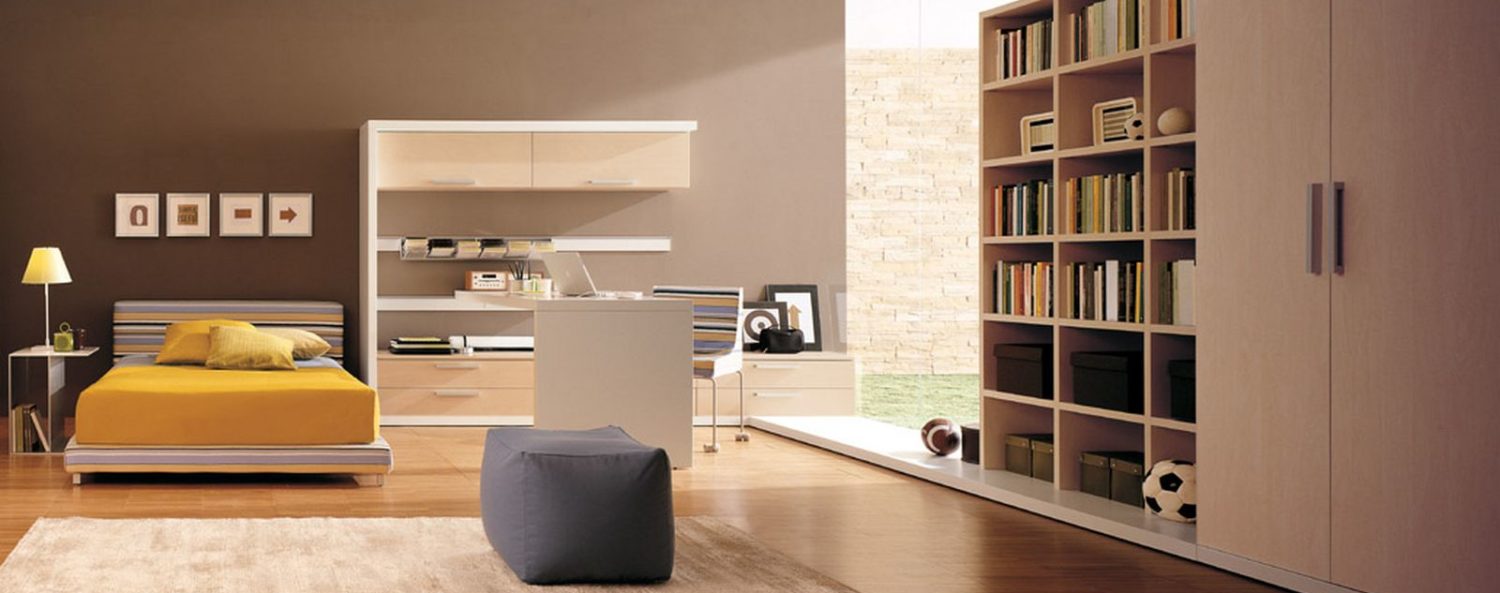 Barratta Creek has experienced some water quality exceedences so we thought it would be a really important site to actually trial a constructed wetland treatment system. So we’re looking at ways of moving back up through the catchment and intercept the nutrients and sediment that finding their way to the reef. This was a borrow pit before so we saw as an opportunity to repurpose something that was already here without impinging on productive land. The difference is now we are slowing that water down and intercepting it. Before the water probably came in and out in – maybe in an hour or two. We are wanting to hold it back for about 24 to 36 hours.
Barratta Creek has experienced some water quality exceedences so we thought it would be a really important site to actually trial a constructed wetland treatment system. So we’re looking at ways of moving back up through the catchment and intercept the nutrients and sediment that finding their way to the reef. This was a borrow pit before so we saw as an opportunity to repurpose something that was already here without impinging on productive land. The difference is now we are slowing that water down and intercepting it. Before the water probably came in and out in – maybe in an hour or two. We are wanting to hold it back for about 24 to 36 hours.
The inlet to the wetland is normally a standing water area where the water is slowed down and the sediments are settled out. This captures it in a location that is easily accessible and can be cleaned out. We put in these diversion buttons to create a convoluted flow path so that the water is then pushed up through all the reeds and around the end and then and then back down in a much more controlled way and similarly on the inlet on the opposite end there’s another bund that pushes water in and around and we deliberately did that to make more use of the wetland area. This plant that was already in the wetland is Typha (Typha domingensis – Cumbungee) and it was already here.
We really thought it does a terrific job for water quality so there’s no need to go to the expense and effort of removing it all. We’re planting a few local sedges and they’ll don’t grow around the edges and find their place in the wetland. So the vegetation is really what drives all the water quality processes particularly for nitrates which is a common nutrient in fertilizer runoff. We need the carbon and the vegetation to strip out those nitrates and turn it into nitrogen gas – you can’t do that without carbon and carbon is in the plant litter.
There’s a little bit of nutrient uptake in the plants themselves but we’re more interested in that dense little layer on the floor of the wetland and that’s where most of the processes are going to occur. So we’re really most interested in those lower flows where there’s very high concentrations of nutrients and the high flows will go straight over the top of the wall – we’ve deliberately set the top of the wall to be lower than the inlet levels of the wetland so that there’s no backing up of water back up into the farmland. It’s trying to build something that’s low cost and passive and easy and low maintenance – more of a set and forget. There’s very little to do. There will be some monitoring upstream and downstream to see what sort of improvements we’re achieving with the wetland. We’re working to try to use this site at Barratta Creek as a demonstration site of the way that constructed wetlands can be used to intercept nutrients and sediment and improve water quality.
Hopefully people can look at and say, okay I could see how that could work on my farm in a way that’s not a massive burden or a massive cost but also in terms of creating an asset on that farm it’s a source of biodiversity. It could be a source of water and it doesn’t have to be at the expense of other things that are happening on the farm.
